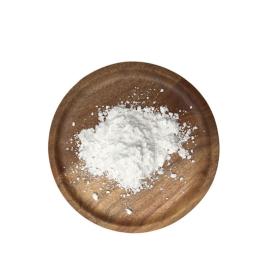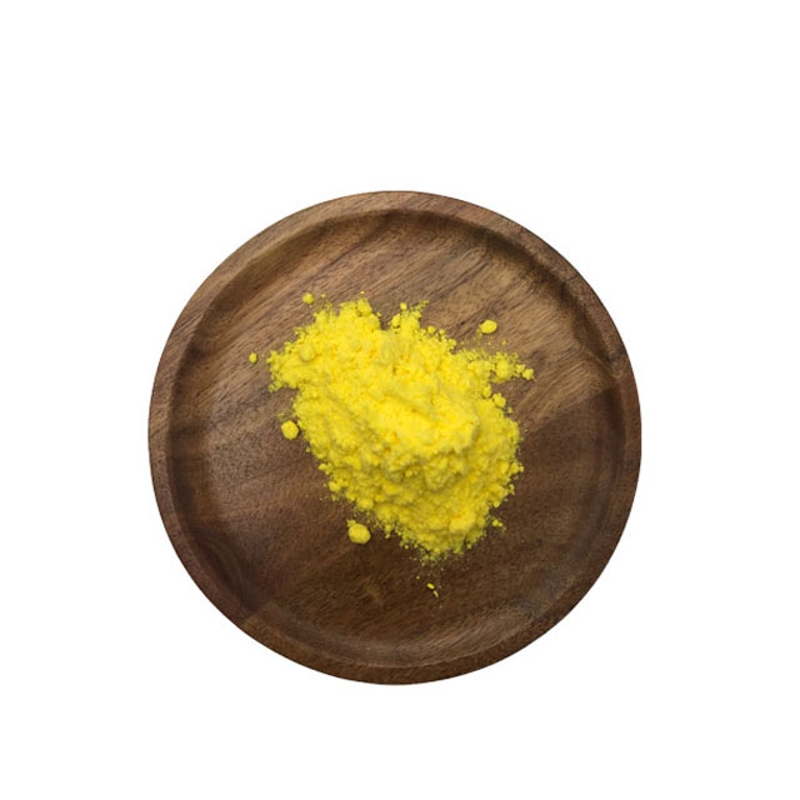-
Categories
-
Pharmaceutical Intermediates
-
Active Pharmaceutical Ingredients
-
Food Additives
- Industrial Coatings
- Agrochemicals
- Dyes and Pigments
- Surfactant
- Flavors and Fragrances
- Chemical Reagents
- Catalyst and Auxiliary
- Natural Products
- Inorganic Chemistry
-
Organic Chemistry
-
Biochemical Engineering
- Analytical Chemistry
- Cosmetic Ingredient
-
Pharmaceutical Intermediates
Promotion
ECHEMI Mall
Wholesale
Weekly Price
Exhibition
News
-
Trade Service
The incidence of IDH wild type (IDHwt) WHO II. gliomas is low, but significantly heterogeneity;
By comparing the molecular characteristics of IDHwt WHO II and IDH mutations (IDHmut) WHO II and IDHwt WHO III. levels of diffuse gliomas, Giulia Berzero of the University of Sorbonn in Paris, France, etc., identified the prognostic factors affecting IDHwt WHO II. diffuse gliomas, published online in November 2020.
Methods Researchers retrospectively analyzed case data from 1989 to 2020 in patients diagnosed with WHO II. and III diffuse gliomas.
results showed that of the 47 patients diagnosed with WHO II.grade IDHwt glioma by histological examination, 29 had WHO IV.grade GBM molecular characteristics and 14 patients did not have WHO IV.class GBM molecular characteristics.
47 patients were diagnosed at 19.6-82.1 years old, with a medium age of 55.0 years.
36 cases (77 per cent) of males.
KPS70-100 before surgery, with a median of 90.
common molecular characteristics are 51% (23/45) TERT initiator mutations, 27% (10/37) chromosome 7 increase and 24% (10/41)1 Chromosome 0 is missing and 12%(5/43) CDKN2A is missing, 9% (4/43) EGFR amplification, and 7% (3/42) chromosome 9p is missing, rare.
patients in this class did not see TP53 mutation (0/22), PTEN deficiency (0/18), PDGFR alpha amplification (0/17), or 1p/19q chromosomal loss (0/42).
29 patients who tested fusion genes were found to have fusion genes, of which 4 were FGFR3 (exon 17 or 18) - TACC3 (exon 5, 8, 11 or 23) fusion, and 1 case FGFR3 (exon 17) - MYH14 (exon 23) fusion.
tumor progression is manifested in tumor immersive growth or the presence of larger, strengthened tumor nods (Figure 1).
Figure 1. MRI imaging of the progression of IDHwtII. Stage gliomas.
A-D: Tumor progression shows immersive growth patterns.
compared to imaging performance (A and B) at diagnosis, tumor progression (C and D) showed immersive growth along the right temporal lobes, island lobes, and the same side of the psalm (C) without abnormal reinforcement (D).
E-H: Tumor progress was in nod strengthening mode.
imaging performance (E and F) compared to diagnosis, tumor progress (G and H) is manifested as a large nod strengthened by the right island leaf (H), with extensive edema (G and H) around it.
IDHwtII. Class glioma has a medium OS of 59 months.
IDHmut glioma with no 1p/19q co-missing was 101 months and 101 months for 1p/19q co-missing IDHmut glioma for 176 months, with significant differences (p<0.0001).
KPS higher is associated with OS extension (p-0.04).
the study included 255 WHO III.grade IDHwt gliomas.
common molecular features include TERT protoma mutations: IDHwtIII. Stage gliomas accounted for 66% (151/230), while IDHwtII.grade gliomas accounted for 51% (23/45), with significant differences (p-0.0092).
EGFR amplification: IDHwtIII. Level gliomas accounted for 31% (73/235), IDHwtII. Gliomas accounted for 9% (4/43), the difference was significant (p.00088).
no. 7 chromosome: IDHwtIII. Stage gliomas accounted for 53% (91/173), IDHwtII. Gliomas accounted for 27% (10/37), the difference was significant (p-0.0062).
no. 10 chromosome missing: IDHwtIII. Stage gliomas accounted for 50% (111/222), IDHwtII. Stage gliomas accounted for 24% (10/41), with significant differences (p=0.0010).
chromosome 9p is missing: IDHwtIII. Stage gliomas accounted for 26% (57/222), IDHwtII. Gliomas accounted for 7% (3/42), and the difference was significant (p-0.0082).
CDKN2A deficiency: IDHwtIII.Grade gliomas accounted for 31% (72/235), IDHwtII.Grade gliomas accounted for 12% (5/43), the difference was significant (p-0.00333) and TP53 mutations: IDHwtIII. Class gliomas accounted for 21% (22/104), IDHwtII. Gliomas accounted for 0% (0/22), and the difference was significant (p<0.0001).
19 months in patients with IDHwtIII. grade glioma and 59 months in IDHwtII.grade glioma (p<0.0001).
patients were younger at the time of diagnosis (p-0.0019) and higher preoperative KPS (p-0.0030) were associated with OS extension.
IDHwtII. and III. Level gliomas are diagnosed with diffuse as astroma, IDHwt, with GBM (IV grade) molecular characteristics, older and diagnosed than IDHwt II.grade glioma patients without GBM molecular characteristics. The medium age was 58.6:34.5 (p=0.00057);
IDHwtII.grade glioma patients with GBM molecular characteristics had a medium OS of 42 months, while IDHwtII. class glioma patients without GBM molecular characteristics had a medium OS of 57 months (p-0.2).
IDHwtIII. Class Glioma patients with GBM molecular characteristics had a medium OS of 17 months, while IDHwtIII.Grade Glioma patients with no GBM molecular characteristics had a medium OS of 23 months (p-0.07).
IDHwtII with GBM molecular characteristics is significantly different from OS in patients with class III. glioma (42:17 months; p<0.0001).
IDHwtII. stage gliomas have GBM molecular characteristics, TERT prototypensis accounted for 62% (16/26), the most common.
single TRT initiator mutation, the median OS in patients with IDHwtII.grade glioma without EGFR amplification or chromosomal changes was 88 months, while the median OS in patients with IDHwtIII.grade glioma was 22 months (p-0.002).
IDHwtII. median OS in patients with TRT protoma mutations, EGFR amplification, or chromosomal changes of 7/-10 was 37 and 18 months, respectively, in patients with grade III.
Conclusion The authors conclude that the study emphasizes the importance of histological grading and molecular diagnosis for IDHwt glioma prognosis stratage, and suggests that careful identification of IDHwtII.grade gliomas and gliomas with GBM molecular characteristics, especially gliomas with single TRT initiation mutations, should be carefully identified.
: The intellectual property rights of the content published by the Brain Medical Exchange's Extra-God Information, God-based Information and Brain Medicine Consulting are owned by the Brain Medical Exchange and the organizers, the original authors and other relevant rights persons.
, editing, copying, cutting, recording, etc. without permission.
be licensed for use, the source must also be indicated.
welcome to forward and share.







